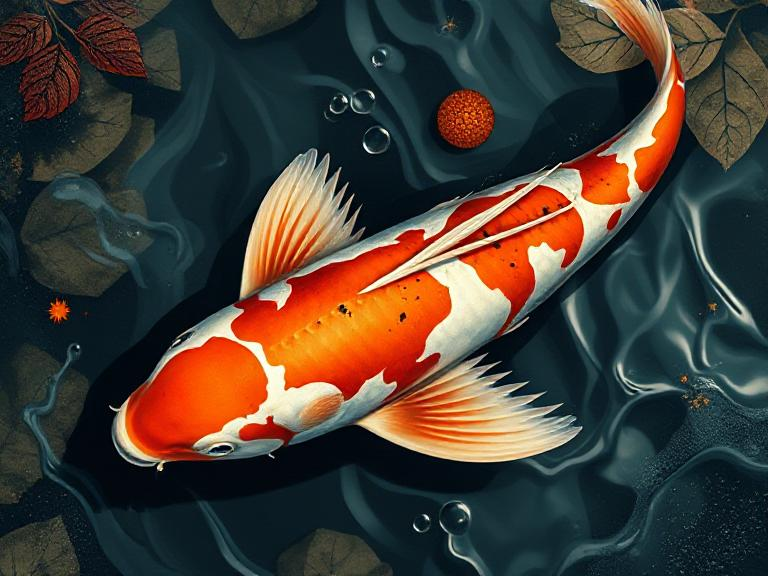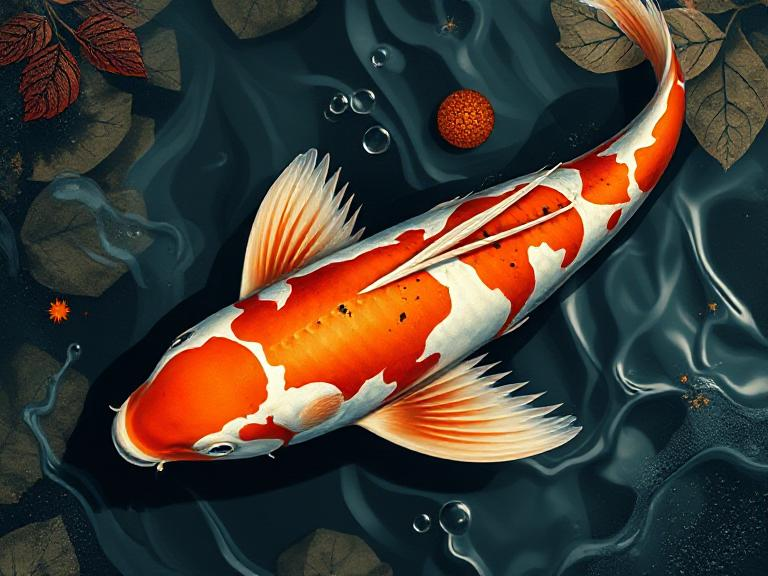
Koi fish, known for their vibrant colors and graceful movements, have been admired for centuries, especially in Japanese culture. These beautiful fish, which belong to the carp family, are commonly seen in ornamental ponds and water gardens worldwide. This article explores the basics of koi care, their history, and how to create the perfect environment for these majestic creatures.
The Origins and Significance of Koi
Koi have a rich history that dates back over 2,000 years in East Asia, particularly in Japan. Originally, these fish were bred for their ability to grow large and withstand harsh conditions. Over time, people began selectively breeding koi for their bright colors and patterns, which turned them into the beloved ornamental fish they are today. In Japanese culture, koi symbolize strength, perseverance, and good fortune. In fact, the Japanese word “koi” also means “love” or “affection,” further highlighting the deep connection people have with these beautiful fish.
Types of Koi and Their Colors
Koi come in various colors, each with its own unique significance. Some of the most common koi types include:
- Kohaku: White body with red markings. It is one of the most classic and recognized types of koi.
- Sanke: White body with red and black markings.
- Showa: Black body with red and white markings, similar to the Sanke but with more dominant black.
- Tancho: Known for having a single red mark on its head.
- Shiro Utsuri: Black body with white markings.
These are just a few examples, and there are many more varieties. Each koi’s coloring is unique, and selecting koi for a pond can be a fun, creative process for enthusiasts.
Creating the Ideal Environment for Koi
Koi require a clean, spacious, and well-maintained pond to thrive. Here are a few important considerations for koi pond owners:
- Water Quality: Koi thrive in clear, well-oxygenated water. Regularly monitor and maintain the pH, ammonia, and nitrate levels.
- Size of Pond: Koi are large fish, so it’s essential to provide ample space for them to swim and grow. A pond that’s at least 1,000 gallons in volume is recommended for a few koi.
- Filtration and Aeration: Proper filtration systems are crucial to keep the water clean and prevent algae growth. Aeration ensures the water has enough oxygen for the koi.
Conclusion
Koi are not only beautiful fish but also require dedicated care and attention to thrive. For anyone interested in keeping koi, it’s important to learn about their care needs, the different types of koi, and how to create the perfect pond environment. Their elegance, coupled with their deep cultural significance, makes them a truly fascinating species to keep and admire.

